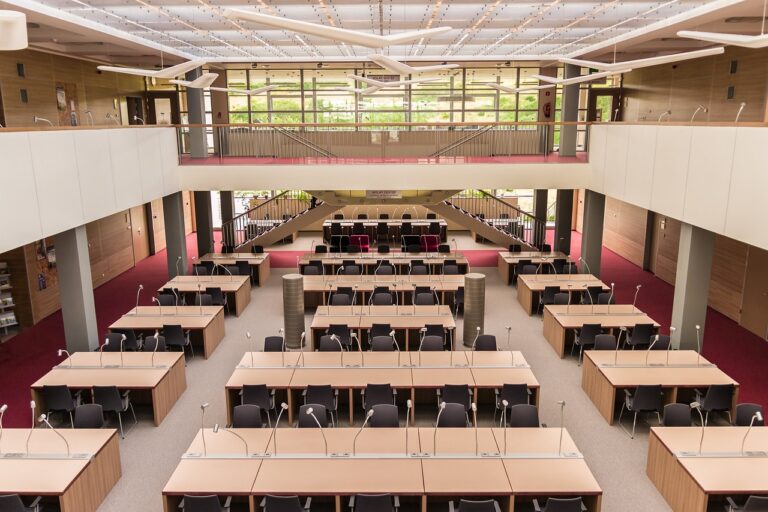Redesigning Classroom Spaces for Active Learning
Active learning environments promote engagement and participation among students. By encouraging hands-on activities and interactive discussions, learners are more likely to retain information and develop critical thinking skills. This approach helps to shift the focus from passive listening to active involvement, allowing students to take control of their own learning process.
Furthermore, active learning environments foster collaboration and communication among students. Working together on projects and group activities not only enhances social skills but also encourages students to learn from their peers. This collaborative setting promotes a sense of community within the classroom, creating a supportive and inclusive learning environment for all students to thrive.
Understanding the Impact of Classroom Design on Learning
Classroom design plays a crucial role in shaping the learning experience for students. The layout, furniture, lighting, and overall atmosphere of the classroom can either enhance or hinder the learning process. Research has shown that well-designed classrooms can improve student engagement, focus, and academic performance.
Factors such as natural lighting, ergonomic furniture, appropriate color schemes, and flexible seating arrangements can all contribute to creating a conducive learning environment. By paying attention to these design elements, educators and school administrators can create spaces that promote collaboration, creativity, and critical thinking among students.
Incorporating Technology in Classroom Redesign
Modern classrooms are continuously evolving with the integration of technology to enhance the learning experience. When redesigning a classroom space to incorporate technology, it is essential to consider the functionality and accessibility of the devices. Placing interactive whiteboards strategically in the room can facilitate engaging activities and dynamic presentations that cater to various learning styles.
Moreover, providing students with access to tablets or laptops can encourage collaboration and independent research during lessons. By incorporating technology in the classroom redesign, educators can create a more interactive and immersive learning environment that fosters critical thinking and problem-solving skills among students.





